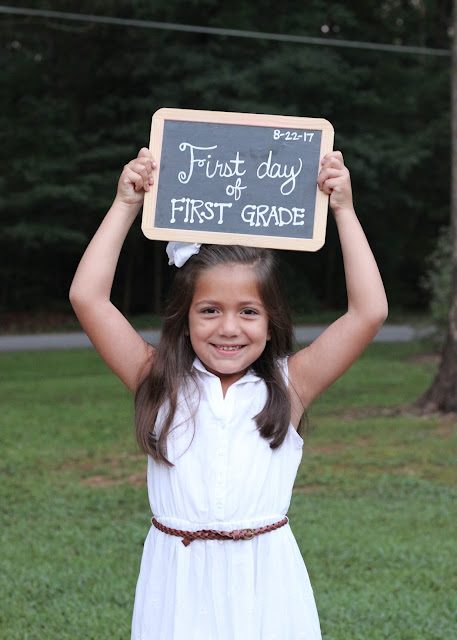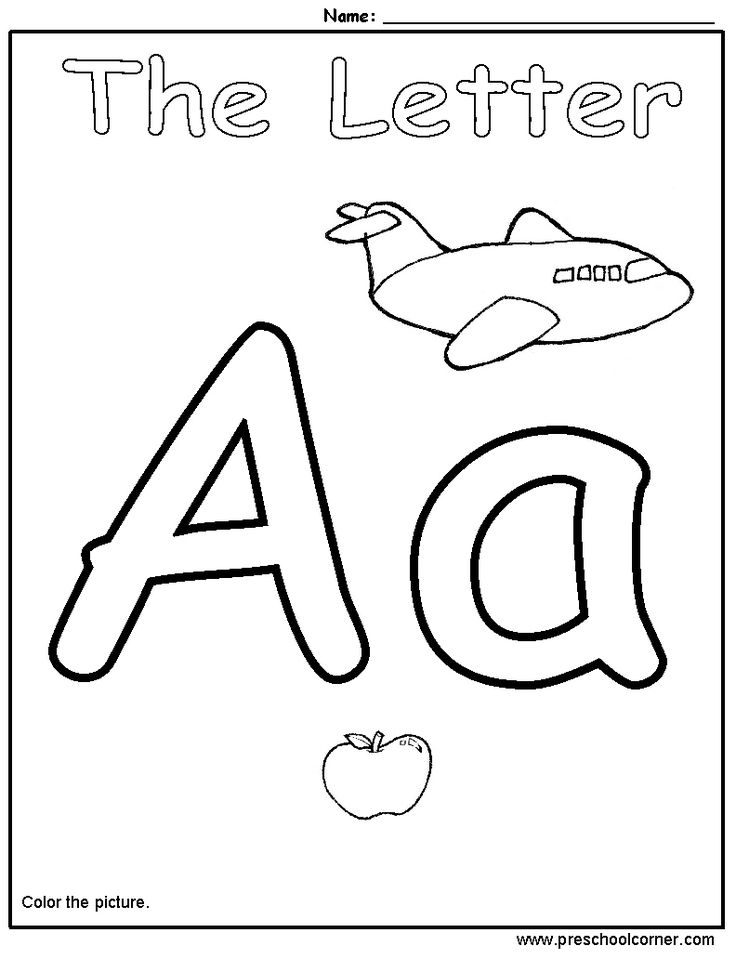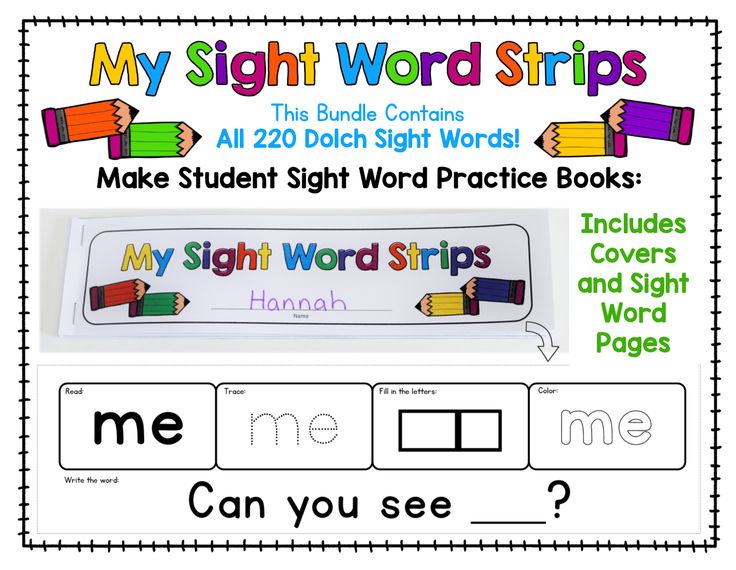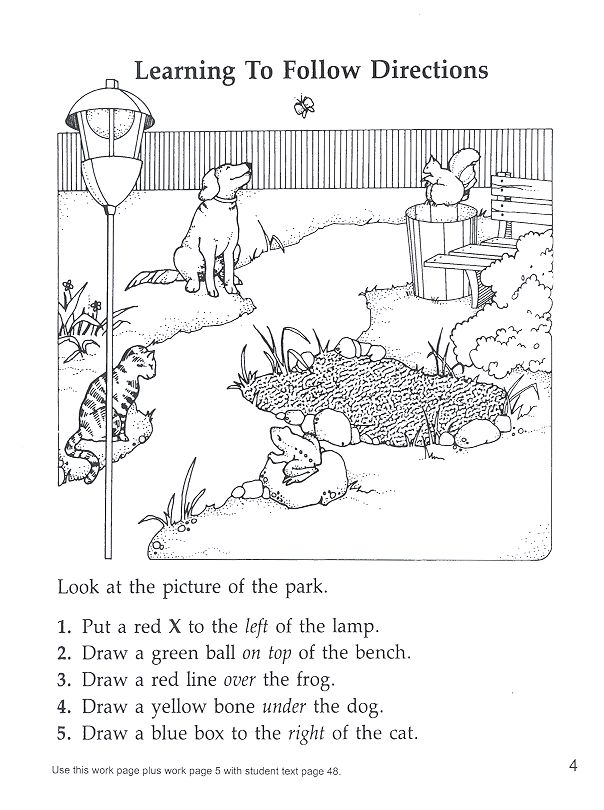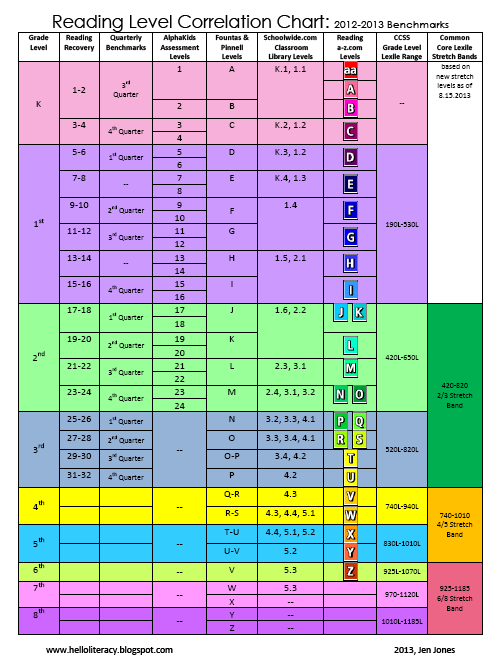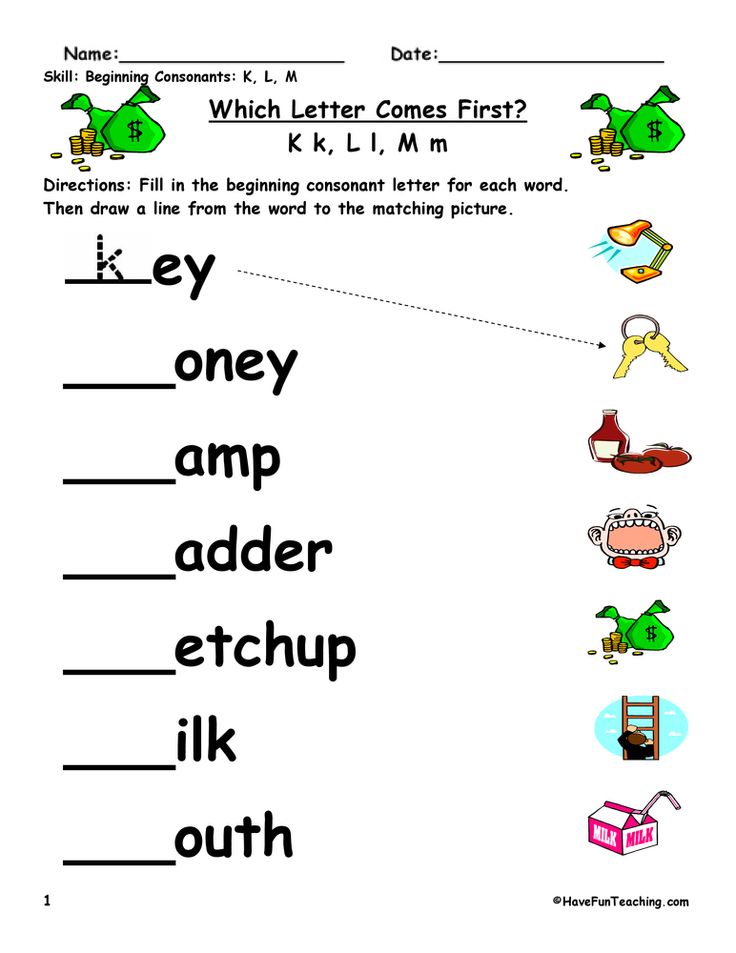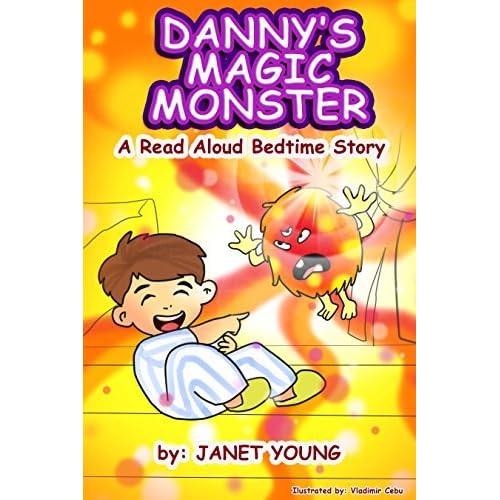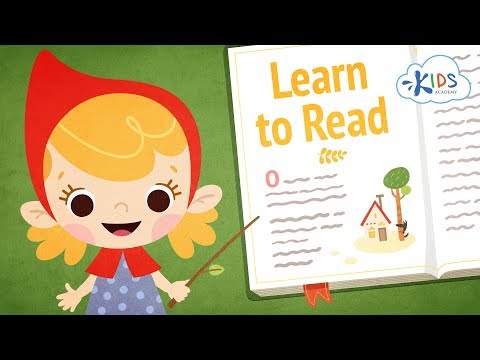What should a first grader be able to read
How To Help 1st Grader Read Fluently
When our children are first learning to read, we want them to be successful. As a parent, you are likely to try to find out how to help 1st grader read better. By first grade, kids are learning to read full-length books and are able to read longer, more complex sentences.
This means that your child is reading at a more challenging level and might be struggling. Their reading fluency is likely a factor in how well they are understanding a text.
What should a 1st grader be able to read?
By 1st grade your child should have at least the following variety of reading skills:
- They should be able to recognize about 150 sight words or high-frequency words .
- They are able to distinguish between fiction and nonfiction texts.
- They should be able to recognize the parts of a sentence such as the first word, capitalization, and punctuation.
- They are able to understand how a final “e” will change the sound of the vowels within a word.
- They are able to answer questions and recall details from a reading.
- They are able to read fluently meaning with speed, accuracy, and prosody.
Your first grader should be able to begin reading the first few levels of graded reader books. A graded reader book is a book that is set at a certain reading level. These books are often used in schools to help measure student progress.
What is fluency in reading?
Reading fluency is the ability to “read how you speak”. This means that your child is reading at a conversational pace with appropriate expression. Reading fluency is important because it is directly related to reading comprehension. The more fluent a reader is the better they understand the text.
Fluency in reading relies on speed, accuracy, and prosody. These factors make for a fluent reader and help your 1st grader not only to recognize words but to actually understand and comprehend text.
- Speed – Fluent readers read at a speed that is accurate for their grade level which is 60 words per minute for 1st graders.

- Accuracy – Fluent readers are able to recognize words quickly and have the skills to sound out and decode words they are unfamiliar with.
- Prosody – Fluent readers use expression and intonation to bring meaning into their readings. This is not just recognizing words, but also recognizing that expression also plays a part in understanding.
How can I help my 1st grader with reading fluency?
There are a variety of things you can do at home to help your 1st grader read more fluently:
- Model reading – Children learn best when they have a model showing them the skills they are meant to be learning. Reading to your child regularly provides a model of fluent reading for them.
- Echo Reading – As you and your child read a text, read one sentence then have them read the same sentence out loud. This form of repeated reading helps them see you model fluency then lets them practice it.
-
Reader’s theatre – Turn a book into a script and have your kids bring the story to life.
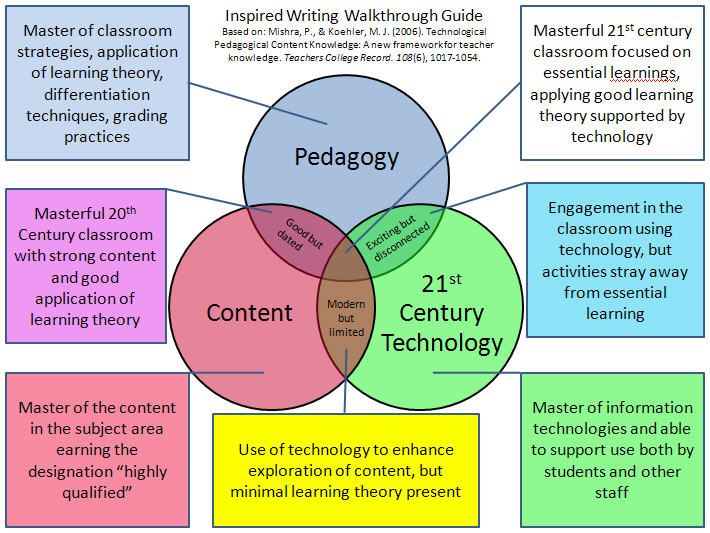 This will help them practice their expression and intonation when they read.
This will help them practice their expression and intonation when they read. - Practice sight words – The more words your child recognizes, the more fluent they will become. Use word games and flashcards to help them learn sight words to help them read less choppy.
- Extensive reading – The best way to help your 1st grader to read fluently is to get them to read a lot! Provide lots of books of their choice at home and get them to enjoy reading so that they practice often.
- Utilize reading apps – Most kids play with technology already such as tablets and smartphones. Why not incorporate reading into this game time by downloading some reading apps?
Which reading app is helpful for improving fluency?
Readability is an app that helps improve fluency for emerging readers. The app is a great way to increase fluency for your 1st grader because it uses A.I. technology and speech-recognition to recognize errors your child might be making when reading out loud.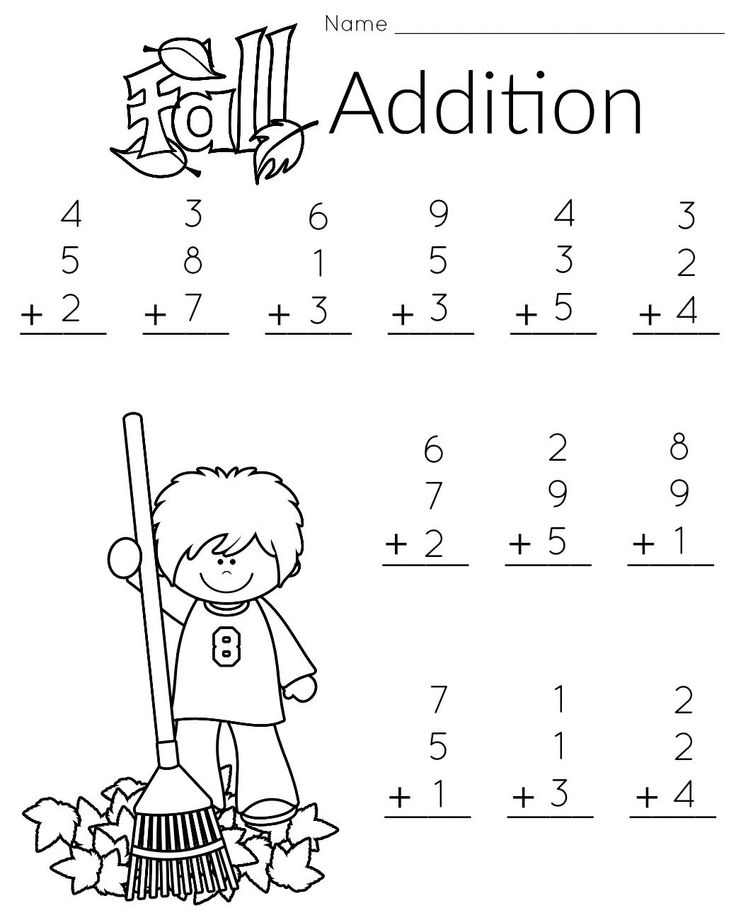
Readability provides a large library of original content that your child can read and is constantly being updated with new stories. The app works like a private tutor by actually listening to your child read out loud and recognizing their errors. It then provides feedback to help them improve. It can also read the material to your child as they follow along.
These forms of repeated reading can help your 1st grader practice their fluency wherever and whenever they want. Try Readability for free!
What Reading Level Should a First Grader Be At?Making English Fun
Throughout elementary and middle school, reading levels are a core component of education. The reading level determines what your child is capable of reading and comprehending. Knowing what level they’re at will allow you to practice with them to enhance their skills and figure out how they compare to the rest of their class.
A first grader should be at a reading level between 3 to 12. Higher reading levels indicate that they’re near the top of their class, but there’s always room for growth.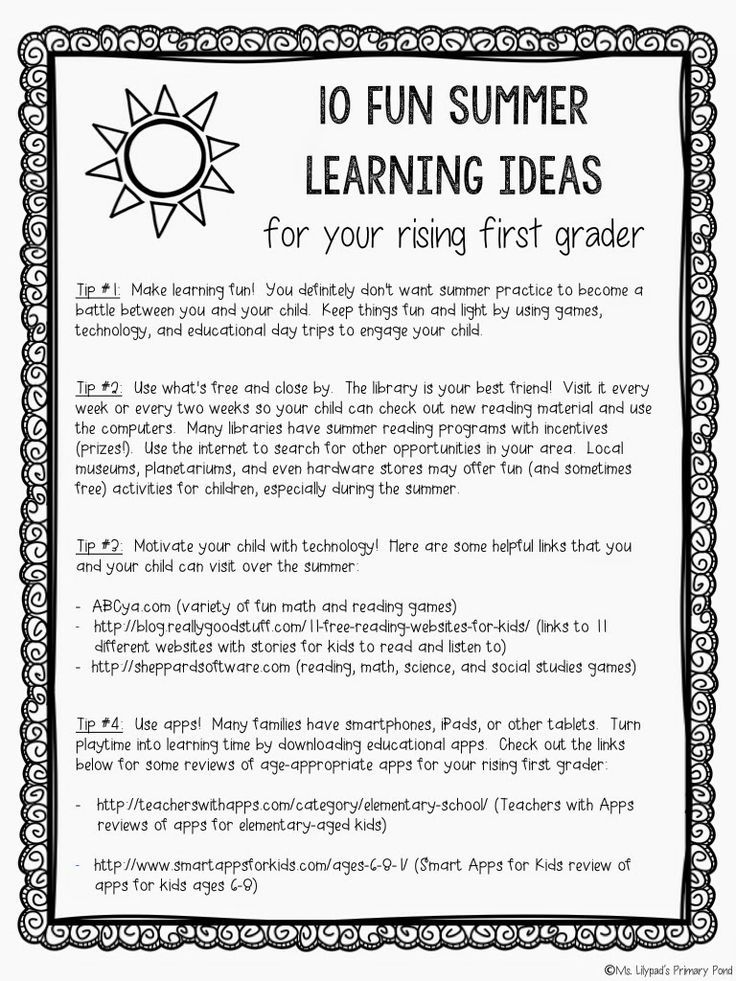 In some cases, your child might fall below or rise above the range. Practice and proper tutoring will improve their reading level.
In some cases, your child might fall below or rise above the range. Practice and proper tutoring will improve their reading level.
In this article, you’ll also learn the following information about what reading level a first grader should be at:
- Basic details that determine reading levels
- How you can help your child improve or adjust their reading skills
- Reading concepts they will learn from the beginning to the end of first grade
- Links to reading resources designed by teachers
What Is a Reading Level?
A reading level is a guide or resource that indicates comprehension, pronunciation, and clarity of a person’s reading. First graders shouldn’t be expected to read the same books as sixth graders, so it’s essential to go slow and steady while they’re learning new skills. This process should flow with the rest of the class, as you’ll learn in the next section.
As explained by Scholastic, there are plenty of reading level guides, including alphabetical, numerical and more. Here are the following reading level indicators: This is not a definitive list and its can be fairly confusing for teachers as well as parents. There are comparison guides, like the one below from real kids mag so that you can properly choose books across levels for your students. We are producing our own Free downloadable one for you as well this week. We have linked to one here but if you have a guided reading system of your own you should be able to find the correct comparison chart as well.
Here are the following reading level indicators: This is not a definitive list and its can be fairly confusing for teachers as well as parents. There are comparison guides, like the one below from real kids mag so that you can properly choose books across levels for your students. We are producing our own Free downloadable one for you as well this week. We have linked to one here but if you have a guided reading system of your own you should be able to find the correct comparison chart as well.
Many publishers use their own systems as well
- Scholastic Guided Level Reading Program
- Scholastic Guided Reading Lexile Ranges
- CCSS Lexile Recommendations
- DRA Level
- PM Benchmark
Since it’s one of the most common methods, we’ll focus on the DRA Level today. As you’ve read in the introduction, a first grader should be reading between 3 to 12. It’s crucial that you remember they won’t be at a 12 right when they start first grade. The next section will detail what they’ll learn throughout the year to bring them as high on the chart as possible.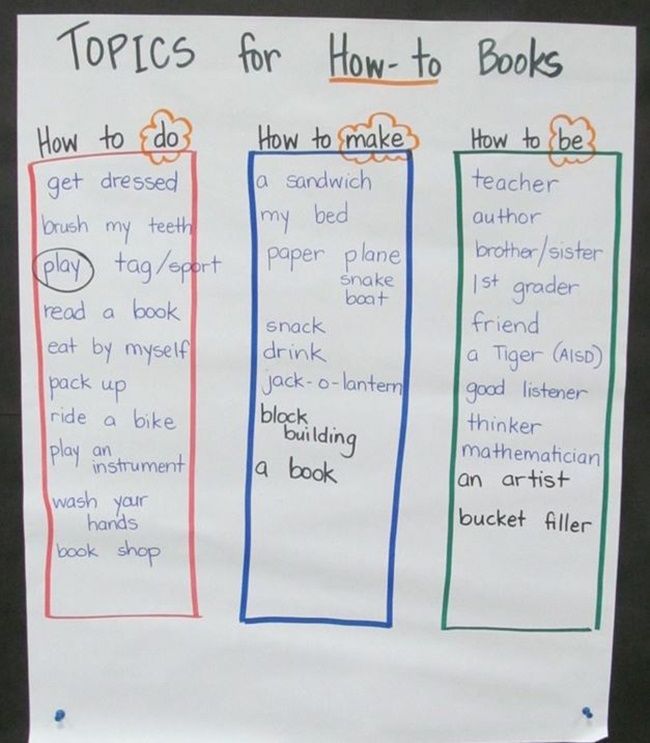
Note: While 12 is at the top of the list for first graders, you shouldn’t worry if your child isn’t there at the end of the year. It’s not a requirement until the middle of their second-grade year. If they’re already at a 12 in first grade, they’re ahead of the curve. By the beginning of second grade, your child should be around 8.
What Reading Skills They Will Learn in First Grade
Perhaps the most essential part of learning and reading in first grade is comprehension. Teachers focus on helping your first grader retell stories and understand what they’re saying rather than merely repeating what they’ve heard. For this reason, big words and long stories could prove challenging at the beginning of the year.
According to Reading Rockets, a first grader will learn how to break down long words and understand various sounds made by each word. Patience is key since English is one of the most challenging languages to read, even for those who speak it natively.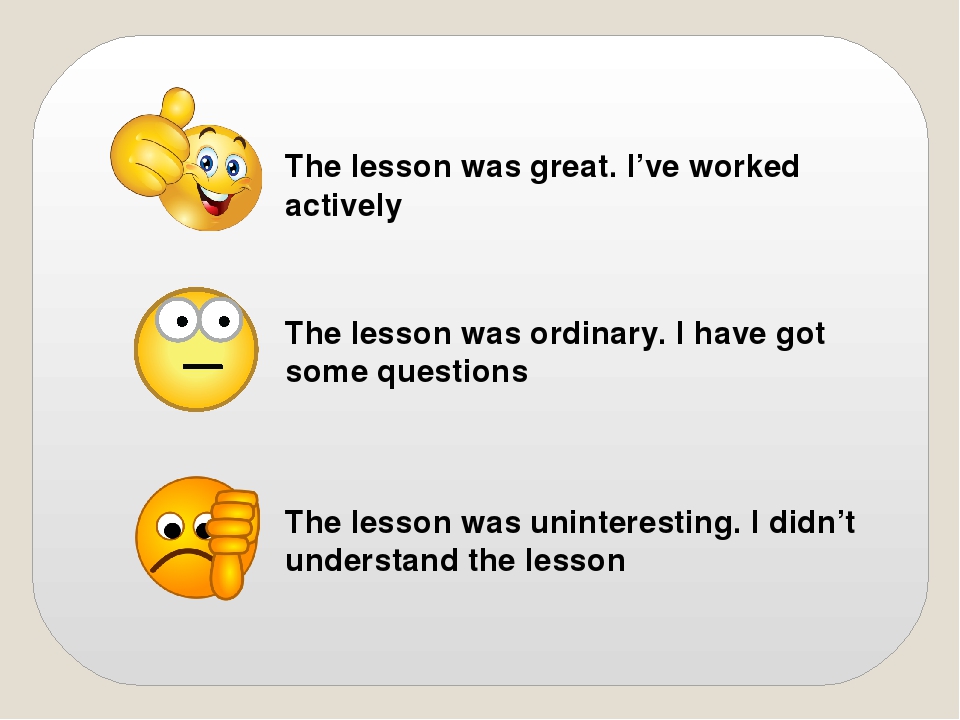 Combinations such as ‘th’, ‘ough,’ and ‘sh’ will be taught throughout the year in a native classroom, in Second language it will be focusing on word construction with CVC and Blends.
Combinations such as ‘th’, ‘ough,’ and ‘sh’ will be taught throughout the year in a native classroom, in Second language it will be focusing on word construction with CVC and Blends.
Punctuation is another essential part of the year. Exclamation points, question marks, periods, and commas will be highlighted. Semicolons and colons won’t be taught until later in the year or during second grade. Your goal as a parent should be to help your child learn the four previously mentioned punctuations.
- 29%
Amazon.com
Spectrum Paperback Phonics Workbook, Grade 1, Ages 6 - 7
$8.49 $11.99
BUY NOW
- 14%
Amazon.com
Educational Insights Blends & Digraphs Phonics Dominoes - Word Building...
$23.13 $26.99
BUY NOW
Amazon.com
Learning Resources Snap It Up! Phonics & Reading Card Game,.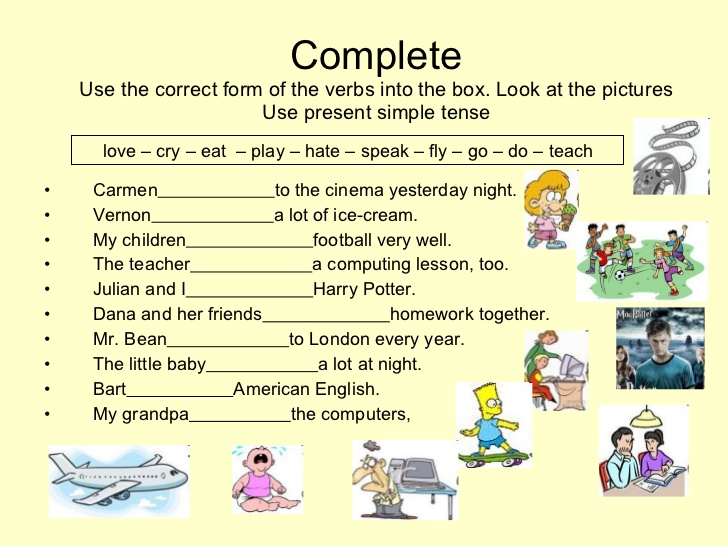 ..
..
$14.98
BUY NOW
Another reading skill will be capitalization, pronouns, starting a sentence, and other capitalized letters will be explored. Remember that, along with punctuation, capitalization likely won’t be mastered until second grade. However, your first grader will be able to start understanding stories and sentences, opening the gates to inspired, entertaining reading sessions.
Once they learn how to comprehend sentences, they’ll start to engage much quicker. They might wonder why something is one way or another, and they could begin to correct sentences if they feel something is wrong. This is a crucial stage that you could help them realize right from wrong in the world of reading and writing.
What Language Will Books at These Reading Levels Contain?
During their first grade year, the language contained in books and stories includes three to four-letter words. They range from simple words like ‘the’ or ‘and,’ but they’ll lead to bigger words that could present a challenge.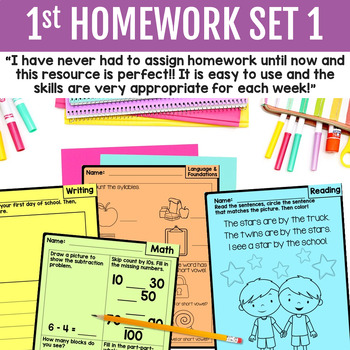 Remember to sound out each letter with them so they understand the variations of vowels.
Remember to sound out each letter with them so they understand the variations of vowels.
Parents.com suggests asking your child questions about books, stories, and sentences that they’re reading. This step will cause them to think and build on their knowledge while comprehending what they’re studying. They also recommend engaging in predictions to get your first grader to dig deeper into the reading material. We have Comprehension workbooks to help with this.
Since first graders are guided towards comprehension rather than in-depth long words, they won’t have to learn too many words over four or five letters. They should take this year to practice their understanding of the basic concepts that form a sentence, including punctuation, pronunciation, and letter combinations, as mentioned in the previous section.
Here’s an excellent way to help them learn tough words:
- Break down every word into individual letters. If there’s a combination (sh, th, ough), separate it into its own chunk.
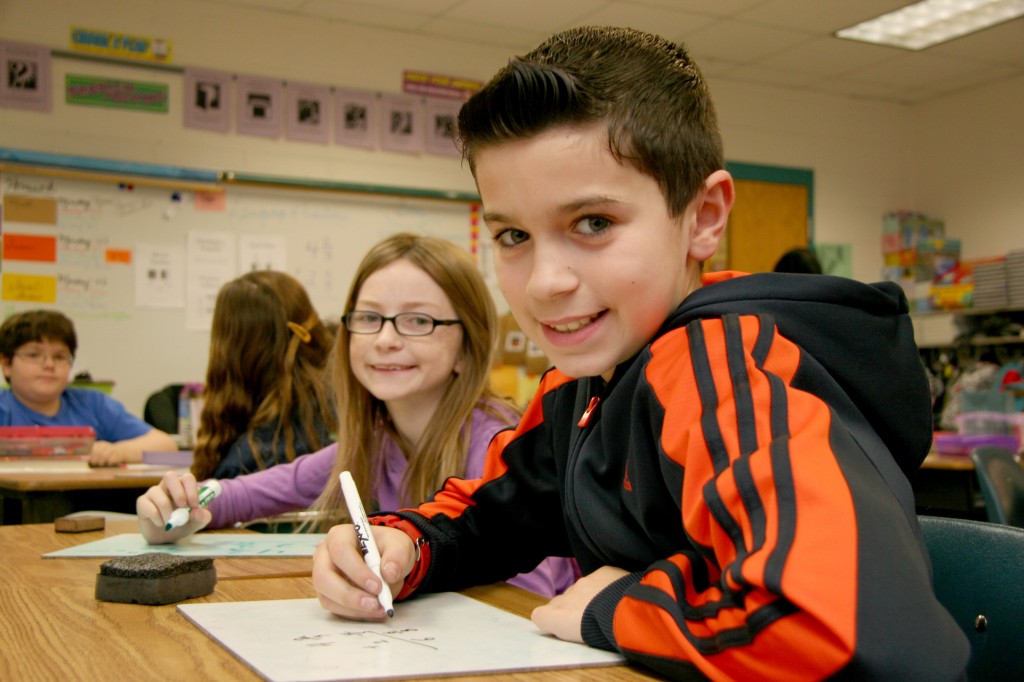
- Focus on words that they already know how to say. If they’re familiar with the word, they’ll be able to use contextual clues to figure out how to read it.
- Don’t study for too long. Short 15-minute study sessions hold their interest long enough to prevent reading from becoming a boring chore.
- Use the resources from school and online to supplement these skills. We have 1000s on our site for free and premium downloads.
How Can Parents Help Their First Grader Develop a Love for Reading?
Helping your child become an interested reader is one of the most understood processes in schooling. You don’t want to spend hours every day, or they’ll be overwhelmed and won’t retain most of the information. As you saw in the third tip of the previous section, short study sessions are the key to success.
Here’s a list of ways that you can help your first grader develop a love for reading:
- Find reading material that they’re interested in.
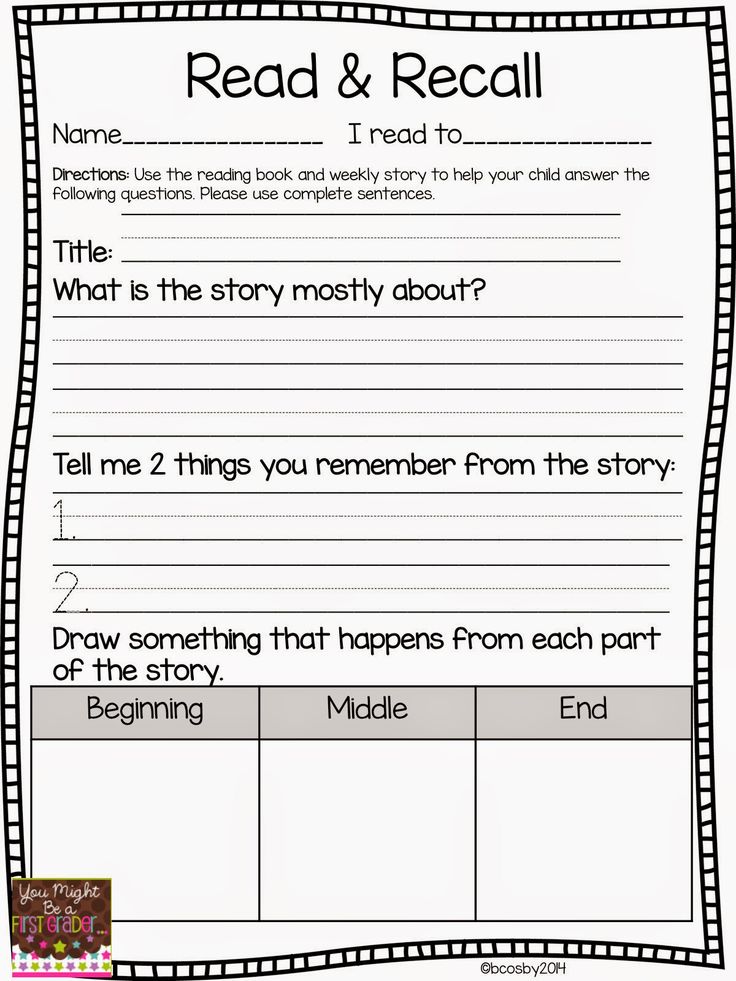 For example, if they love sports or cars, choose those books over anything else. It’s not the concept that matters; It’s the words found throughout the reading that makes a big difference. We have some leveled reading material aimed at young learners here.
For example, if they love sports or cars, choose those books over anything else. It’s not the concept that matters; It’s the words found throughout the reading that makes a big difference. We have some leveled reading material aimed at young learners here. - Reward them for reading a specific number of words. They’ll begin to associate a learning session with enjoyment rather than a distraction from playing with toys or friends. Remember to read with them, so they don’t feel like they’re trying to learn by themselves.
- Picture books can keep your child’s interest for countless minutes. If you stop reading after 15 to 20 minutes, they’ll be begging to jump back into the material.
All of these suggestions point to one fact: You can make your child love reading by finding out what they’re interested in and using it to educate and elevate their reading skills. Their reading level will naturally and gradually increase as the material becomes more challenging.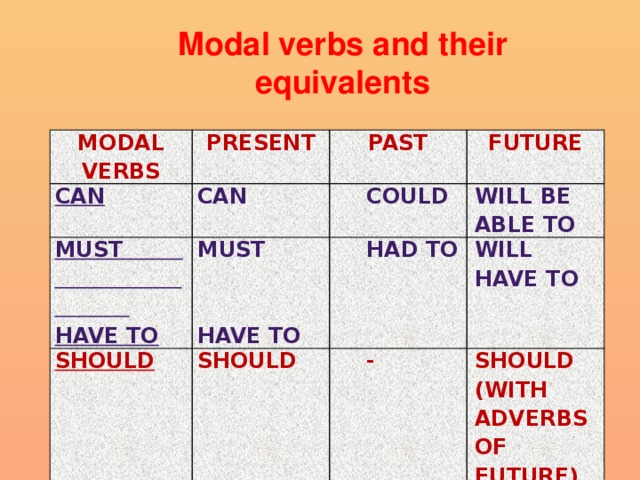
Finally
Now that you know where they should be and what they’ll learn, you’re equipped to help your child with at-home education. Some children can read and comprehend faster, so you might need to spend more or less time focusing on specific words.
Here’s a quick recap of the post:
- First graders typically fall between a 3 to 12 reading level.
- You can help them by focusing on challenging words and breaking down the meaning of each sentence.
- Find books and stories that they’ll love to improve their engagement.
- Use additional resources and activities to engage and inspire them
Sources
- Scholastic – Learn About Leveled Reading
- Reading Rockets – Goals for First Grade: Early Reading and Writing
- Parents – What Will My Kid Learn in First Grade?
Hi I’m Marc. A teacher of over 15 years, English, General Studies and Outdoor Education.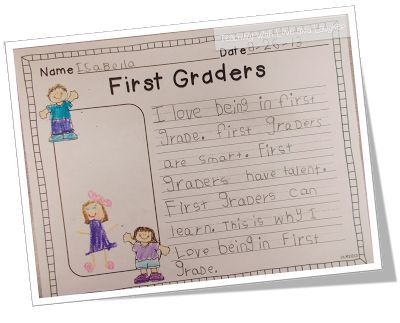 Thought it was about time to sharing both what I have learnt during that time and the resources I have put together. On this site we aim to teach the theory and share our thoughts, but also go that one step further and give you access to the hard resources you need for your class or for you children
Thought it was about time to sharing both what I have learnt during that time and the resources I have put together. On this site we aim to teach the theory and share our thoughts, but also go that one step further and give you access to the hard resources you need for your class or for you children
Like this:
Like Loading...
Making English Fun!
I have been a teacher of English for over 15 years, in that time i made hundreds and thousands of resources and learnt so much i think its worth sharing. Hopefully to help teachers and parents around the world.
What should a future first-grader be able to do?
Photo courtesy of depositphotos.comThere are ominous rumors about test assignments in one or another prestigious school; - Five. - How? - Five, I don't know anymore ... - Well, you parents couldn't even teach this child? “Well, honestly, I don’t know anyone except Vivaldi, Haydn, Tchaikovsky Piazzolla and Debussy!”
In this joke, the parents are unconditional triumphs, but, in fact, the school controls the situation, and every family is nervous on the eve of the “first exam”.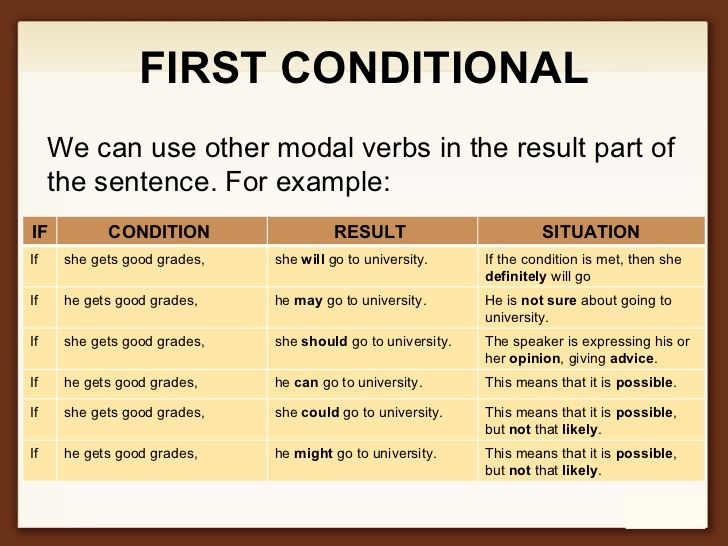 Is the future first-grader ready or not ready for schooling? When does he need tutors? What skills are tested when entering the school? What do preschoolers need to be taught and what not to do at all?
Is the future first-grader ready or not ready for schooling? When does he need tutors? What skills are tested when entering the school? What do preschoolers need to be taught and what not to do at all?
Natalya Fedorovna Vinogradova, Doctor of Pedagogy, Corresponding Member of the Russian Academy of Education, Head of the Center for Primary General Education of the Institute for Education Development Strategy of the Russian Academy of Education, one of the developers of diagnosing children's readiness for schooling.
– Before a child goes to school, parents are nervous: what if he is not ready? Suddenly he will be presented with unbearable demands at school? Will he cope with the school program?
– First of all, you need to stop being nervous. All children differ from each other - I mean normal healthy children - in the time they need to complete tasks. One learns quickly, the other slowly. But this is not the level of intelligence.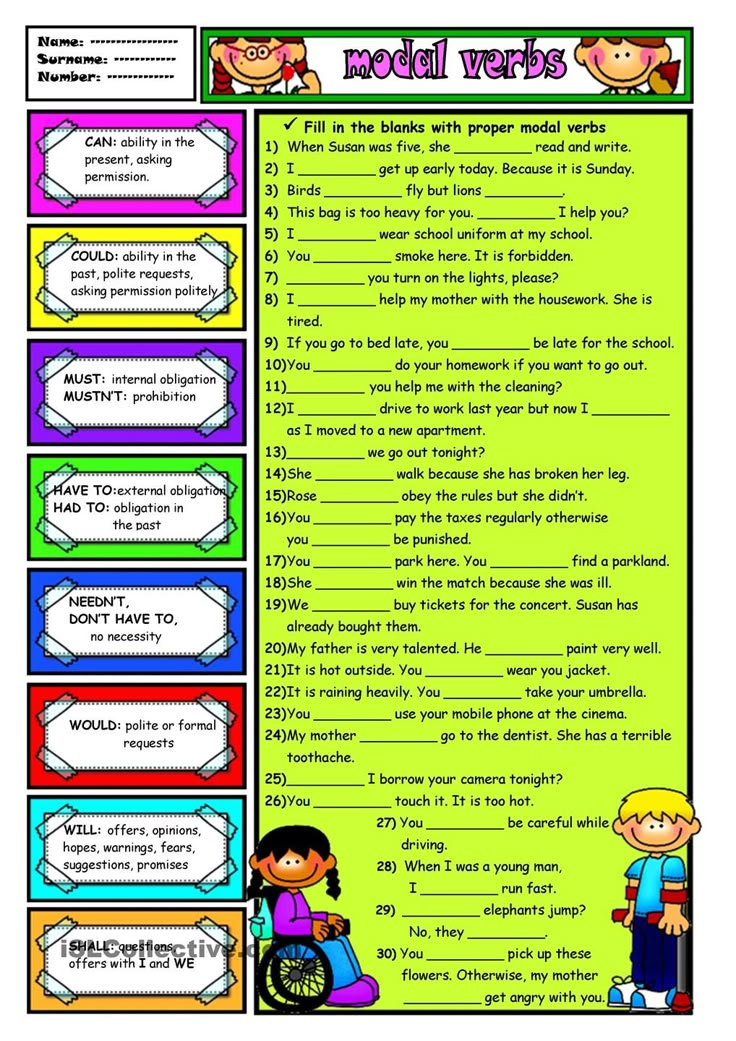 These are the features of his temperament. This is the speed of the child's activity. I sometimes ask teachers a question: do you match your class by eye color? For example: “I take only blue-eyed, brown-eyed do not offer”? They are laughing. So, - I say, - you recognize this individuality of the child! And the fact that he is fast, unrestrained, choleric or, on the contrary, slow - does it annoy you? I can address the same question to parents. Many great people were phlegmatic. That didn't stop them from being great. Gradually, the child will learn to do certain things faster, but constantly adjusting him will not help the case, but will only cause unnecessary anxiety and fear that he will not be in time, that they will not be praised, that they will make a remark - first the teacher, and then the mother. It is necessary that slow children gradually master ways to do things faster. And the "fast" children learned to stop themselves, not to rush, to correlate the correctness of the performance with the time spent .
These are the features of his temperament. This is the speed of the child's activity. I sometimes ask teachers a question: do you match your class by eye color? For example: “I take only blue-eyed, brown-eyed do not offer”? They are laughing. So, - I say, - you recognize this individuality of the child! And the fact that he is fast, unrestrained, choleric or, on the contrary, slow - does it annoy you? I can address the same question to parents. Many great people were phlegmatic. That didn't stop them from being great. Gradually, the child will learn to do certain things faster, but constantly adjusting him will not help the case, but will only cause unnecessary anxiety and fear that he will not be in time, that they will not be praised, that they will make a remark - first the teacher, and then the mother. It is necessary that slow children gradually master ways to do things faster. And the "fast" children learned to stop themselves, not to rush, to correlate the correctness of the performance with the time spent .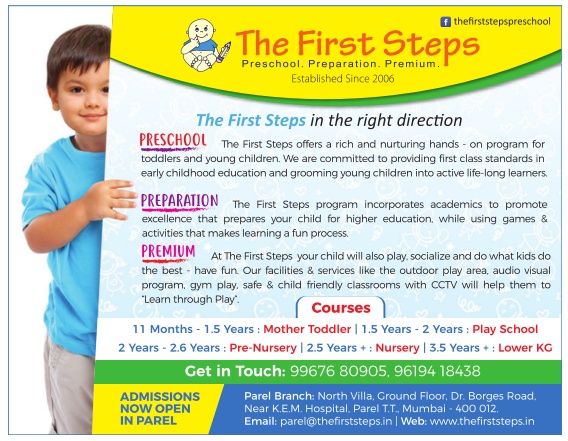 .. But let's remember: school stress is already an official diagnosis today.
.. But let's remember: school stress is already an official diagnosis today.
Parents do not realize that most of the time this stress is caused by themselves. According to our survey, 43% of primary school parents are “radicals”: they demand a lot from the school. A computer for each student, an electronic form of a textbook (down with paper books!) two foreign languages in the first and second grades, computer science, etc. And they forget that under such conditions, a child of primary school age should sit for four hours in front of a computer (at a rate of 20 minutes a day). They forget that a student who has just begun to master his native language cannot simultaneously successfully learn a foreign language. (By the way, that is why in the Soviet school a foreign language was studied from the third and even from the fifth grade).
For such “radical” parents, a child is a compensation for their failures in life. They want to embody in him what they could not "get" on their own.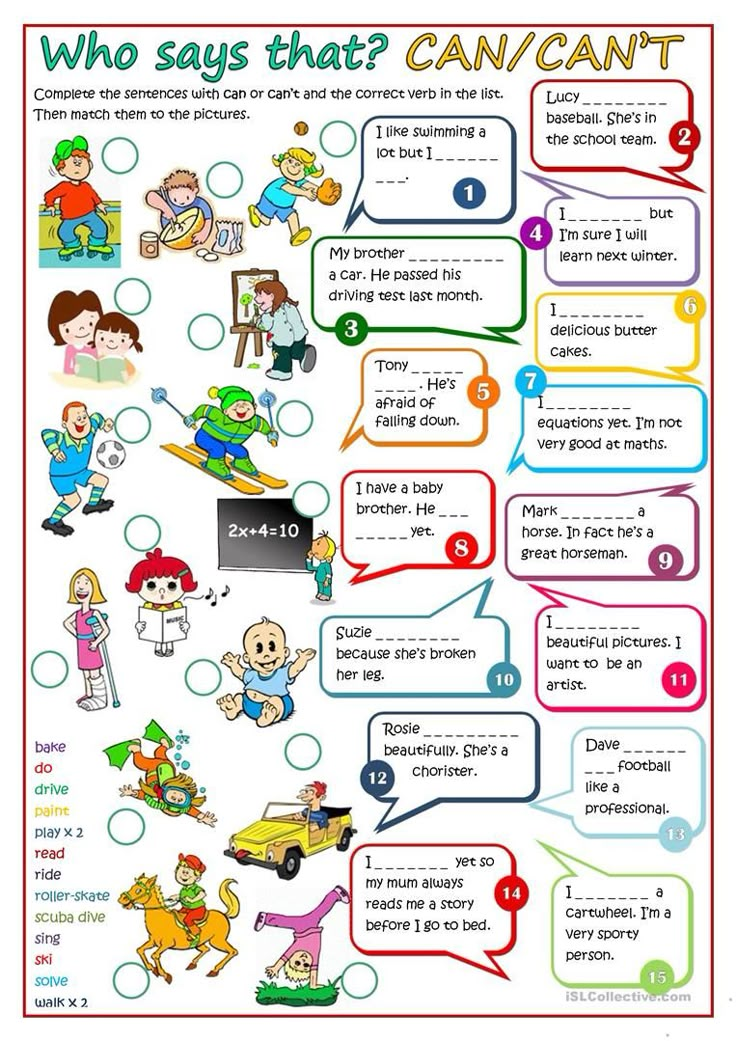 Don't be like those parents! Don't expect too much from your child going into first grade. And make sure he succeeds. Just maybe not right away.
Don't be like those parents! Don't expect too much from your child going into first grade. And make sure he succeeds. Just maybe not right away.
– Sometimes children who are due to start first grade on September 1st are called to school in the spring to be diagnosed with learning readiness. Parents are worried: what does this mean? Based on the results of the diagnosis, can a child be denied admission to school?
– Diagnosing the readiness of first-graders for learning is the decision of a particular school. The results obtained, by law, cannot affect the child's admission to the first grade. Diagnosis serves as an aid to the teacher and should not, by law, be used as a means of selecting children. In accordance with the recommendations of the Ministry of Education and Science of the Russian Federation, this procedure should be carried out in the first week of the school year, and it is intended to ensure that teachers get to know their future students. Therefore, parents should send their children for diagnosis calmly. Please, do not “frighten” the child, calmly explain to him: the future teacher wants to know what you know and how you can do the tasks. Don't worry, show yourself!
Therefore, parents should send their children for diagnosis calmly. Please, do not “frighten” the child, calmly explain to him: the future teacher wants to know what you know and how you can do the tasks. Don't worry, show yourself!
– At the beginning of each year, offers of paid consultations appear on the Internet, where it turns out that your child is not ready for school and you need to work with him. Of course not free! What parents need to know in order to correctly decide - does a child need this kind of tutor or not? The simplest question: should a child be able to read before school, or at least add letters?
– If a first-grader goes to school reading, that's great. If he can't read yet, that's fine too. The outstanding psychologist Lev Vygotsky, the father of all modern pedagogy, said: nothing is added to the mental development of a child from the fact that he has learned to read. This is the same child. Only literate.
Even if children come to school knowing how to read, they don't stay on this skill for long.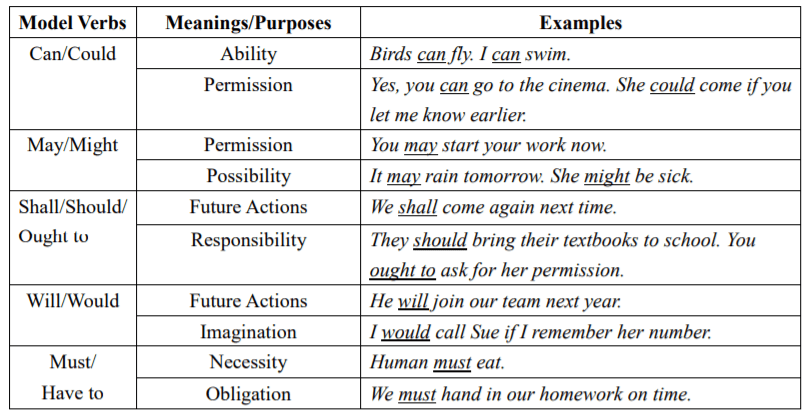 The ability to read only at first distinguishes them from their peers. In the future, the effect fades away. Why? Because reading itself - applying letters - does not really matter either for the success of learning or for the development of the intellect. For children of this age, the ability to compare objects, describe their properties, and simply compose is more important than the ability to read. More serious neoplasms are needed, as psychologists say, in order for training to be successful. For example, voluntary activity, when the child himself sets some, even a small, task for himself (“I want to draw this and that”) and he himself makes sure that it is completed.
The ability to read only at first distinguishes them from their peers. In the future, the effect fades away. Why? Because reading itself - applying letters - does not really matter either for the success of learning or for the development of the intellect. For children of this age, the ability to compare objects, describe their properties, and simply compose is more important than the ability to read. More serious neoplasms are needed, as psychologists say, in order for training to be successful. For example, voluntary activity, when the child himself sets some, even a small, task for himself (“I want to draw this and that”) and he himself makes sure that it is completed.
Parents often think that knowing letters and being able to read are one and the same. Let's remember that for a child, a letter is the same icon as a button or a square.
– Is folding letters the same as folding buttons?
Photo from logika74.ru – Of course! The letter is a sign.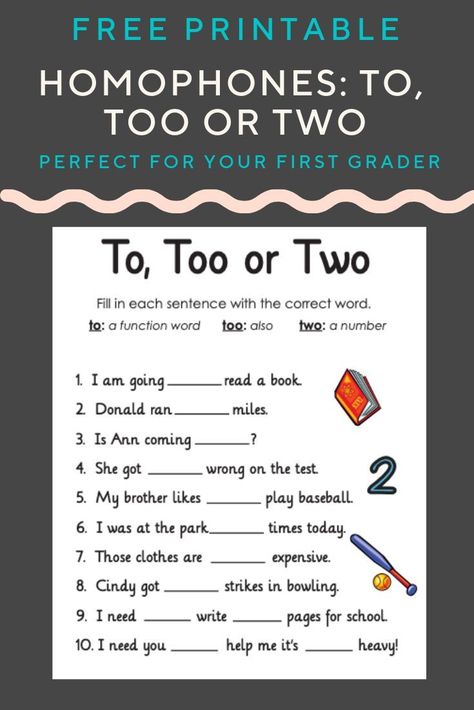 In fact, the teacher, when diagnosing readiness for learning in the first grade, does not look at whether the child can add letters! He looks at whether he can conduct a sound analysis of the word, name all the sounds in a row. The child must correctly see all the sounds in the word. That's the point of the assignment. And if he does not hear, does not see the sounds in the word, this will inevitably lead to a lag in the Russian language. From the second grade, he will fail not only in reading, but also in a foreign language. After all, phonetic culture is the basis for studying not only the native, but also a foreign language.
In fact, the teacher, when diagnosing readiness for learning in the first grade, does not look at whether the child can add letters! He looks at whether he can conduct a sound analysis of the word, name all the sounds in a row. The child must correctly see all the sounds in the word. That's the point of the assignment. And if he does not hear, does not see the sounds in the word, this will inevitably lead to a lag in the Russian language. From the second grade, he will fail not only in reading, but also in a foreign language. After all, phonetic culture is the basis for studying not only the native, but also a foreign language.
– Share a professional secret: what else does a teacher check when diagnosing a child's readiness for school?
- One of the elements of readiness to study in the first grade is the orientation of the child in space: left, right, up, down, etc. A diagnostic test is aimed at this: the teacher puts a dot on the sheet and says: draw a ruler five cells to the left, two cells up, three down.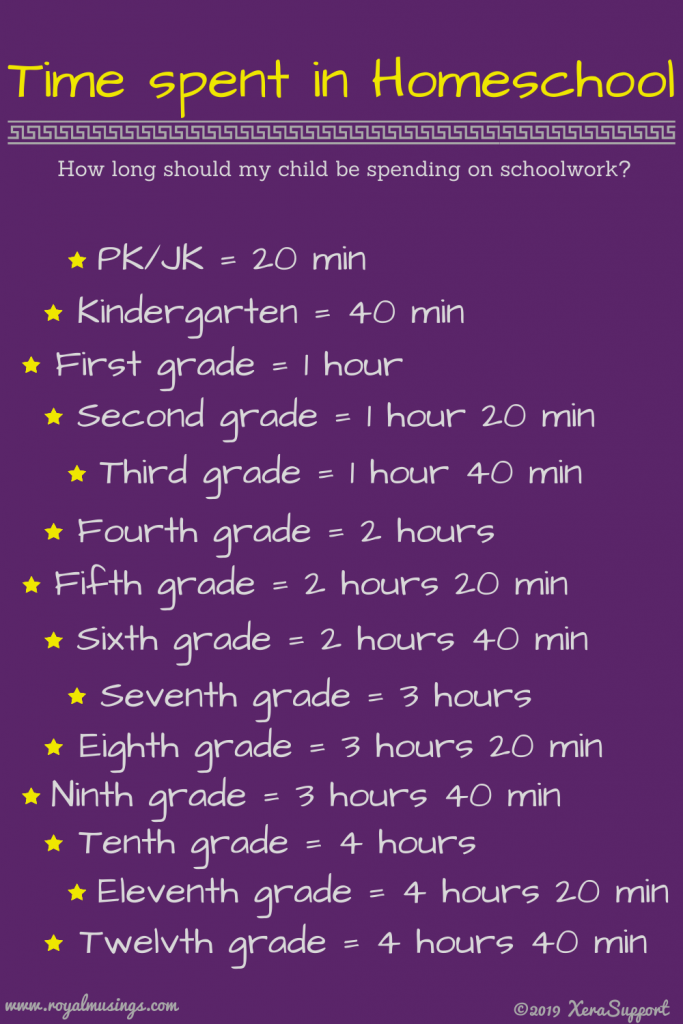 The inability to navigate in space is the misfortune of many first graders. Advice to parents: play with children a variety of spatial games - “find the object according to the instructions” (according to the instructions - “to the left, to the right, above ...”). Give them assignments related to the development of space (take the object “on the third shelf”, “for”, “before”, “about”, etc.).
The inability to navigate in space is the misfortune of many first graders. Advice to parents: play with children a variety of spatial games - “find the object according to the instructions” (according to the instructions - “to the left, to the right, above ...”). Give them assignments related to the development of space (take the object “on the third shelf”, “for”, “before”, “about”, etc.).
Another “trouble” is the memory of a future first grader. Probably, I will say an absolute banality: children now practically do not know any poetry. Unless they have left from their grandmothers “Chizhik - fawn”, and “Ladushki-ladushki” ... Poems should be taught with children, starting from an early age. Memorizing poems develops memory, and reading them - form expressive speech. Another point in checking readiness for school: the level of coherent speech. Children do not know how to describe or reason. If coherent speech begins to “fail”, then learning at school is immediately complicated.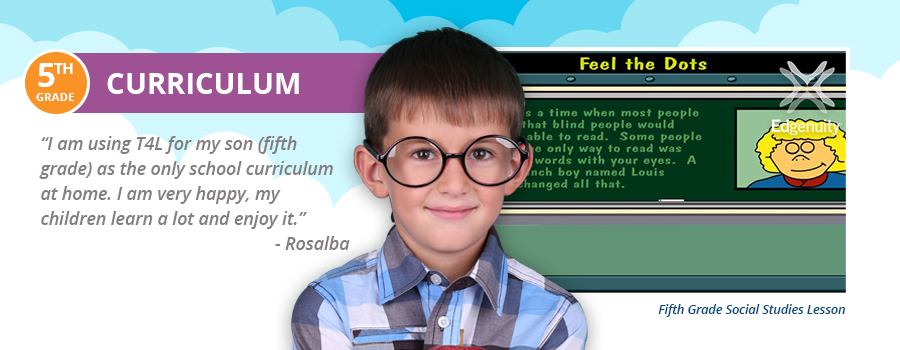 You can advise parents to give the child words and pictures, so that he can use them to compose fairy tales, sentences, stories, and build a certain sequence of actions. It is necessary to stimulate the retelling of fairy tales - joint, by roles or playing scenes at home holidays.
You can advise parents to give the child words and pictures, so that he can use them to compose fairy tales, sentences, stories, and build a certain sequence of actions. It is necessary to stimulate the retelling of fairy tales - joint, by roles or playing scenes at home holidays.
– Parents have heard that future first-graders were given complex tasks with geometric shapes during diagnostics…
Photo from foto-basa.com– This task tests children's ability to classify objects. The teacher gives him geometric figures (triangles and quadrangles of different colors) and asks him to divide them into two groups. Often children arrange the figures by color. They do not know that in fact geometric shapes differ in the number of angles. The child should also be told about this when preparing for school. And parents can do it too!
– Many parents believe that the child is not ready for learning because he played too much on the computer! This is true?
- The problem, first of all, lies in the parents themselves. They don't interact with their children. Even being in the same room with them, parents leave their children out of the zone of their attention. The child does what he wants, and mom or dad do not pay any attention to him. Once we invited younger students to write essays dedicated to their dreams, vacation in the country or Sunday. Then they read these essays to their parents. 97 percent of parents DID NOT RECOGNIZE their children from these writings! They don't know how their children spend their Sundays, they don't know what they dream about.
They don't interact with their children. Even being in the same room with them, parents leave their children out of the zone of their attention. The child does what he wants, and mom or dad do not pay any attention to him. Once we invited younger students to write essays dedicated to their dreams, vacation in the country or Sunday. Then they read these essays to their parents. 97 percent of parents DID NOT RECOGNIZE their children from these writings! They don't know how their children spend their Sundays, they don't know what they dream about.
According to statistics, a man has two free hours a week when he could take care of a child. A woman has only 20 minutes! And the role of educator in the family is still assigned to the woman.
Hence the role of the gadget in raising a child. They buy him a phone, and he has to entertain himself with it.
If you want a professional opinion, the presence of various gadgets in the life of a preschool child should not even be discussed! This tribute to fashion negatively affects the development of the baby.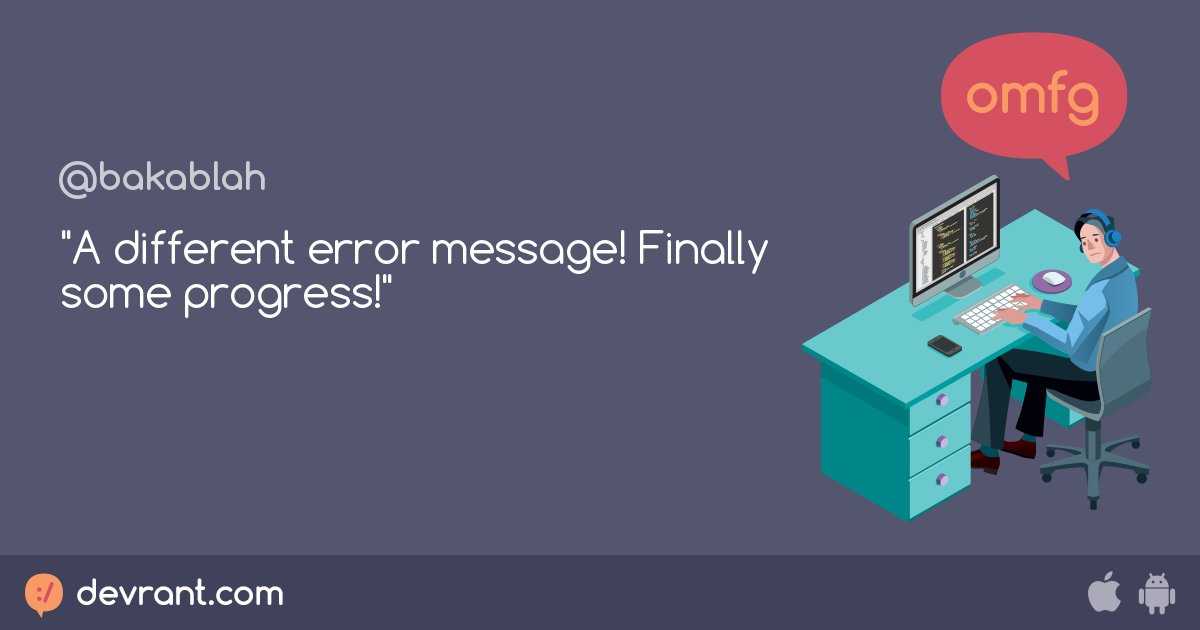 When working on a computer, the child slows down logical thinking. Because only one thing is required of him - to remember the sequence of actions. This is a dead end for cognitive activity. For a child at this age, it is important not to press buttons, but to actively develop sensory skills. I advise parents to write down and memorize well the words of Kant: "A hand is a thought that has come out." No one has yet canceled the postulate that sensory perception is the basis of thinking. Our ancestors came up with many games for the development of children's hands. Where, for example, did dolls-matryoshkas, mushrooms, Christmas trees, etc., come from, toys that need to be untwisted and put one into the other? The people intuitively knew what the baby needed for development. Children absorbed in their gadgets maintain only verbal contact with the world. They only have sight and hearing. In order for the child to be ready for learning, it is necessary to captivate him with the world around him.
When working on a computer, the child slows down logical thinking. Because only one thing is required of him - to remember the sequence of actions. This is a dead end for cognitive activity. For a child at this age, it is important not to press buttons, but to actively develop sensory skills. I advise parents to write down and memorize well the words of Kant: "A hand is a thought that has come out." No one has yet canceled the postulate that sensory perception is the basis of thinking. Our ancestors came up with many games for the development of children's hands. Where, for example, did dolls-matryoshkas, mushrooms, Christmas trees, etc., come from, toys that need to be untwisted and put one into the other? The people intuitively knew what the baby needed for development. Children absorbed in their gadgets maintain only verbal contact with the world. They only have sight and hearing. In order for the child to be ready for learning, it is necessary to captivate him with the world around him. Walk, examine objects around you, run, rustle something! Learn by touch, by taste! And be sure to sculpt!
Walk, examine objects around you, run, rustle something! Learn by touch, by taste! And be sure to sculpt!
– Does sculpting do anything to prepare you for school?
– And how! The child at this time learns to think. There is such a technique for one-year-old children. If speech is delayed for a year and a half, psychologists advise: buy finger paints (so that the baby does not get poisoned if they get into his mouth) and let him draw with his fingers - not with a brush and pencil - but with his fingers. If he still can’t do it himself, take his hand and draw with his finger: “Oh, sunshine! Oh house! Oh, bunny! Remember that "a hand is a thought that has gone out." If you do such exercises with him for 15-20 minutes a day, it will give a huge effect. After a couple of weeks, the child will speak.
– Can the parents of a prospective first grader check whether their child is ready for school?
Photo from .ya-parent.ru – Of course. For example, in any bookstore you can find a book by L.E. Zhurova and M.I. Kuznetsova "Diagnosis of the readiness of preschool children to study at school." It was published by the Ventana-Graf publishing house, and recommended by the Ministry of Education and Science of the Russian Federation. It's easy to figure it out. Many schools use this diagnostic when they check the readiness of first-graders for learning. The parent will not only see the reason for the child's difficulties, but will also understand the reason why this is happening, and will receive explanations of what needs to be done to eliminate it.
For example, in any bookstore you can find a book by L.E. Zhurova and M.I. Kuznetsova "Diagnosis of the readiness of preschool children to study at school." It was published by the Ventana-Graf publishing house, and recommended by the Ministry of Education and Science of the Russian Federation. It's easy to figure it out. Many schools use this diagnostic when they check the readiness of first-graders for learning. The parent will not only see the reason for the child's difficulties, but will also understand the reason why this is happening, and will receive explanations of what needs to be done to eliminate it.
But the main thing is that an ordinary healthy child does not need to hire tutors to prepare for school. Just be present in his life, help him in his games, activities. In psychology, there is the concept of "zone of proximal development", which belongs to Lev Vygotsky. What it is? This is when the child himself cannot do something, but with the help of an adult he succeeds. Help him once, twice, thirdly… Try to do it without admonitions: “I will help you now, otherwise you yourself are not capable of anything”… Help naturally, imperceptibly, as if he is doing all this himself. Look: it worked. And then you will see that he has mastered the algorithm of actions. Learned.
Help him once, twice, thirdly… Try to do it without admonitions: “I will help you now, otherwise you yourself are not capable of anything”… Help naturally, imperceptibly, as if he is doing all this himself. Look: it worked. And then you will see that he has mastered the algorithm of actions. Learned.
– Many parents of prospective first graders would like their children's first teacher to be their own teacher. Or, at any rate, a woman who would have been a grandmother to a child. According to the 2015 National Elementary Education Quality Survey, children learn best when teachers have 25-35 years of experience or more. This is true?
- I think this is a fact to consider. This is probably due to the changed level of teacher training. The teacher, who was trained in Soviet times, was meticulous. He reached everyone, dealt with every lagging student. And now the elementary school teacher shifts the problems to the family: at the slightest problem, he calls the parents to school and advises: hire tutors for the child.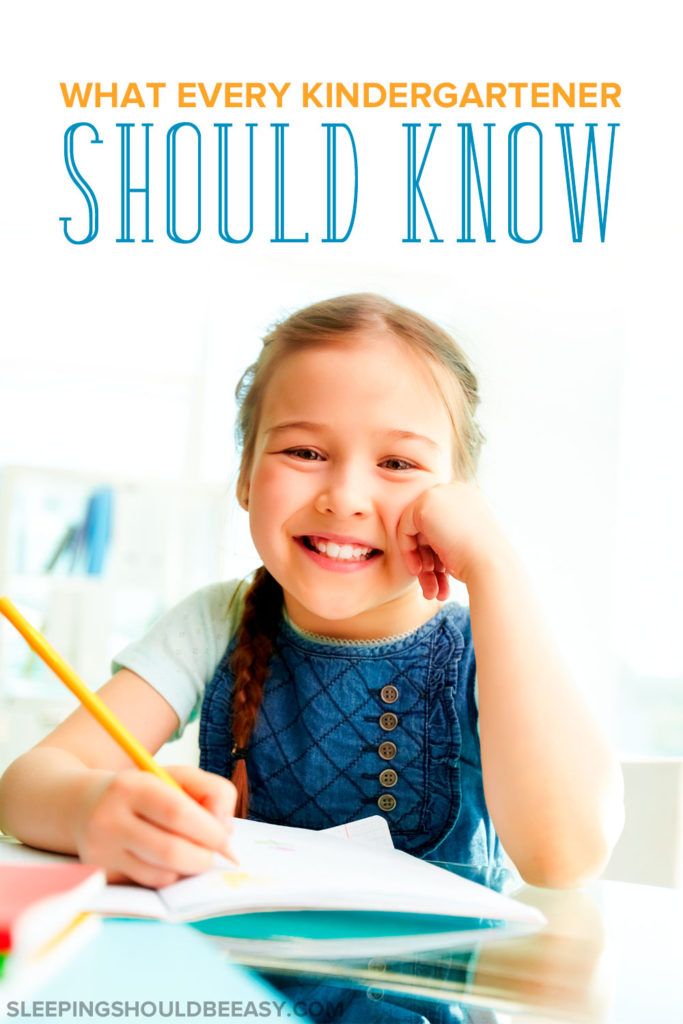 Primary school teachers trained during the Soviet period were traditional teachers. But - with a good technique! A primary school teacher over 45 years old is trying to put modern, innovative methods on top of this traditional method. And then he succeeds! It is important to note one more thing: a primary school teacher is perceived by children as a mother or grandmother. And it keeps them willing to learn. That's why the fifth grade, very often, runs to his elementary school teacher to share with her. After all, parents do not always take care of their children, and even more so they do not know how to be interested in the daily routine of school life. It's good if a teacher can become a "school" mother or grandmother for a child.
Primary school teachers trained during the Soviet period were traditional teachers. But - with a good technique! A primary school teacher over 45 years old is trying to put modern, innovative methods on top of this traditional method. And then he succeeds! It is important to note one more thing: a primary school teacher is perceived by children as a mother or grandmother. And it keeps them willing to learn. That's why the fifth grade, very often, runs to his elementary school teacher to share with her. After all, parents do not always take care of their children, and even more so they do not know how to be interested in the daily routine of school life. It's good if a teacher can become a "school" mother or grandmother for a child.
What a child should know and be able to do by the first grade: knowledge for a first grader
According to the Law of the Russian Federation “On Education”, admission to the first grade of state and municipal educational institutions is prohibited on a competitive basis. Any child aged 6.5-8 has the right to enroll in a school. But some things should be taught to the baby before school - this will make it easier to adapt to a new learning rhythm. First grade - what should a child be able to do?
Any child aged 6.5-8 has the right to enroll in a school. But some things should be taught to the baby before school - this will make it easier to adapt to a new learning rhythm. First grade - what should a child be able to do?
Child's knowledge of the family by the first grade
The child should be able to easily navigate information about close relatives and their data. Full name, age, date of birth, where mom and dad work, how old are the brothers and sisters. It is good if the child knows the phone number of one of the parents and the home address by the first grade.
Knowledge about the surrounding world
It is believed that by the first grade a child knows natural phenomena - snow, hail, lightning. The child should distinguish colors, plants, animals. To test the knowledge of a preschooler, ask him to name a few types of trees or migratory birds that he knows offhand. For clarity, purchase a children's encyclopedia, look at the illustrations together and discuss the paragraphs.
<
Knowledge of time and space
Make sure that the child is guided by the hourly routine of the day. Does he know how to tell the time from a regular clock with hands? Can he list the days of the week and the names of the seasons without hesitation? Another important ability of the child to the first grade is to distinguish between “right” and “left”.
Knowledge of safety rules
It is assumed that the baby is familiar with the basic rules of behavior on the street - in what places and what color of traffic lights to cross the road, what to do if the traffic light is not visible, is it possible to leave with a stranger without the knowledge of parents . This is the minimum knowledge of safety that a child should have by the first grade.
A child's knowledge of mathematics
This is an important category of what a child should be able to do before first grade.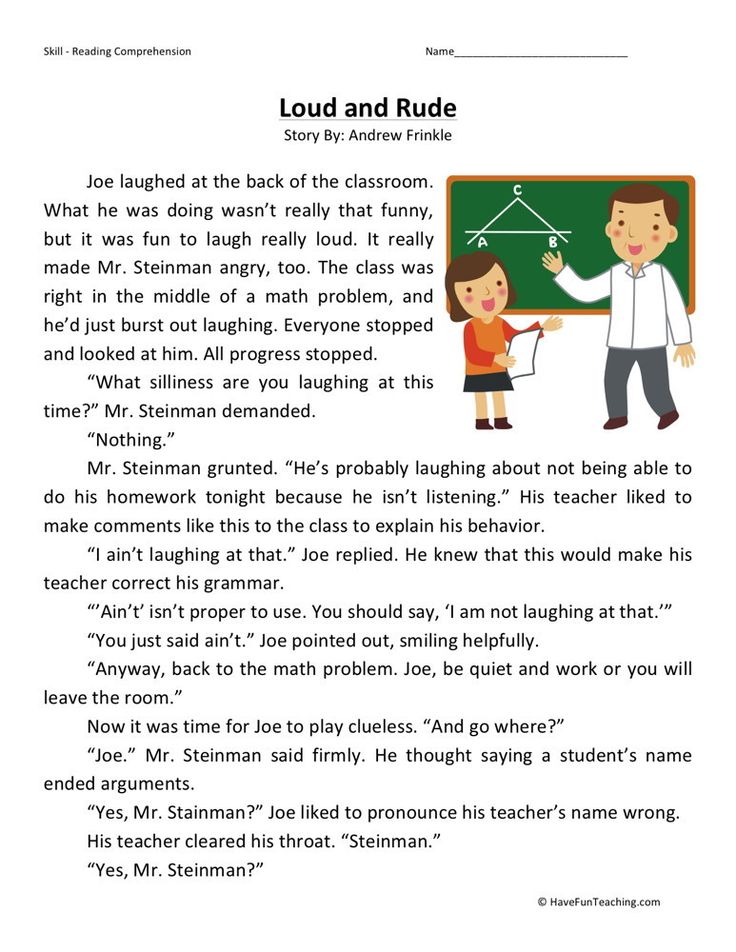 There are often problems with mathematics. It is good if the child counts up to 100 and knows how to perform elementary addition and subtraction operations within the first ten. It is expected that he is familiar with basic geometric concepts - a parallelepiped is unlikely to be needed, but a circle, rectangle, square is quite. Teach your child to find patterns to train logic - exercises with pictures like “Find 10 Differences” are perfect here.
There are often problems with mathematics. It is good if the child counts up to 100 and knows how to perform elementary addition and subtraction operations within the first ten. It is expected that he is familiar with basic geometric concepts - a parallelepiped is unlikely to be needed, but a circle, rectangle, square is quite. Teach your child to find patterns to train logic - exercises with pictures like “Find 10 Differences” are perfect here.
Knowledge of reading and the Russian language
A future first grader is recommended to know the alphabet. Despite the fact that it is not officially required to be able to read, this will definitely be asked at the interview. Children who have learned to read before school are easier to adapt - as a rule, their academic performance is higher than that of children who read in elementary school in syllables. You don’t need to force your child to pore over books without getting out, but you can try to motivate them to read on their own.
<
Resume
There is no official requirement that a child should know by the first grade. To be successful at the Foxford Online Elementary School, a child must have basic reading, writing, and arithmetic skills. Entrance testing in the 1st grade of our school is not provided. But the family is offered a small test to check the readiness of the child for school.
Pay attention to the child's general and basic developmental skills and abilities for the first grade. Ask the baby, based on the points in our article. Focus on the issues that caused the child difficulties. For example, go to a museum to learn more about carnivores, or practice the rules of the road for pedestrians so your child knows exactly how to cross the road correctly. As for reading, psychologists recommend setting an example for a child - read more on your own. If the kid sees that parents take up a book in their free time, he involuntarily copies the behavior.